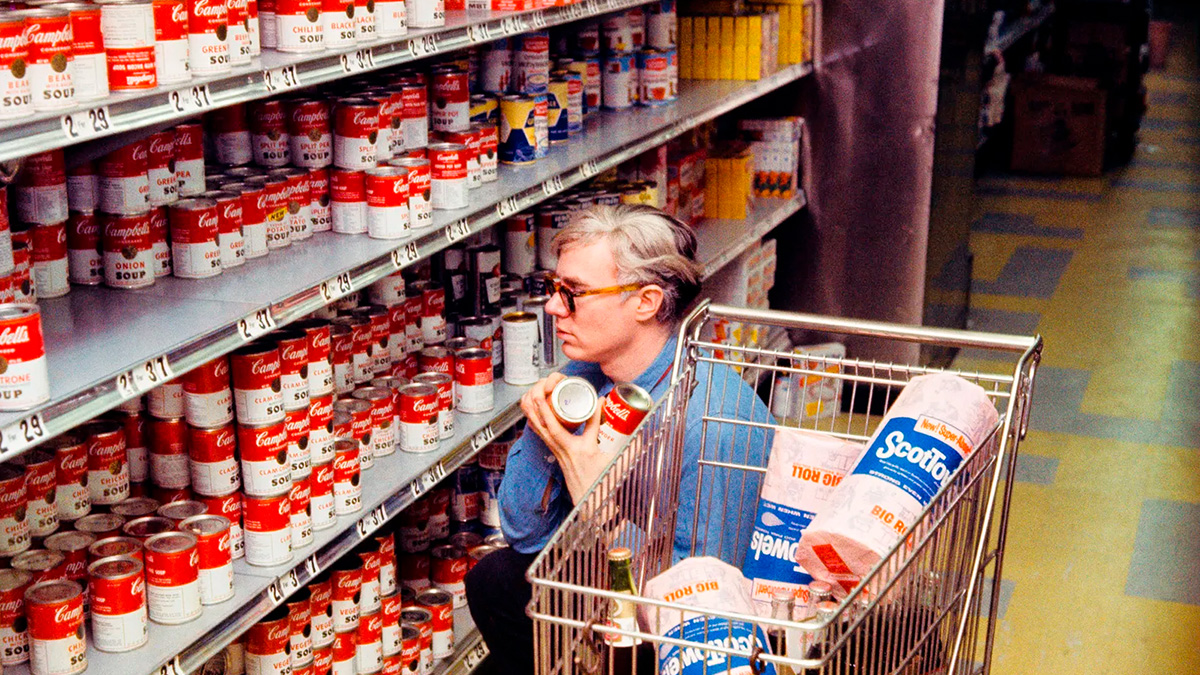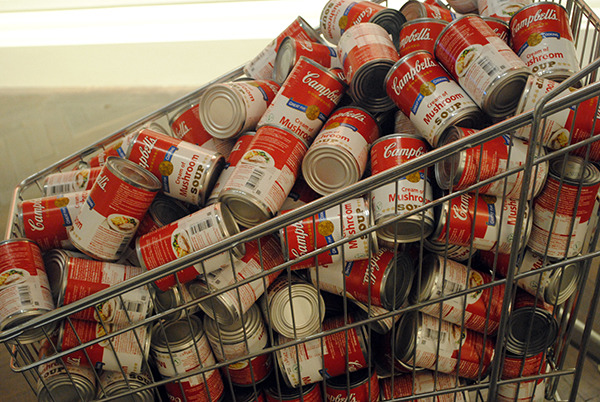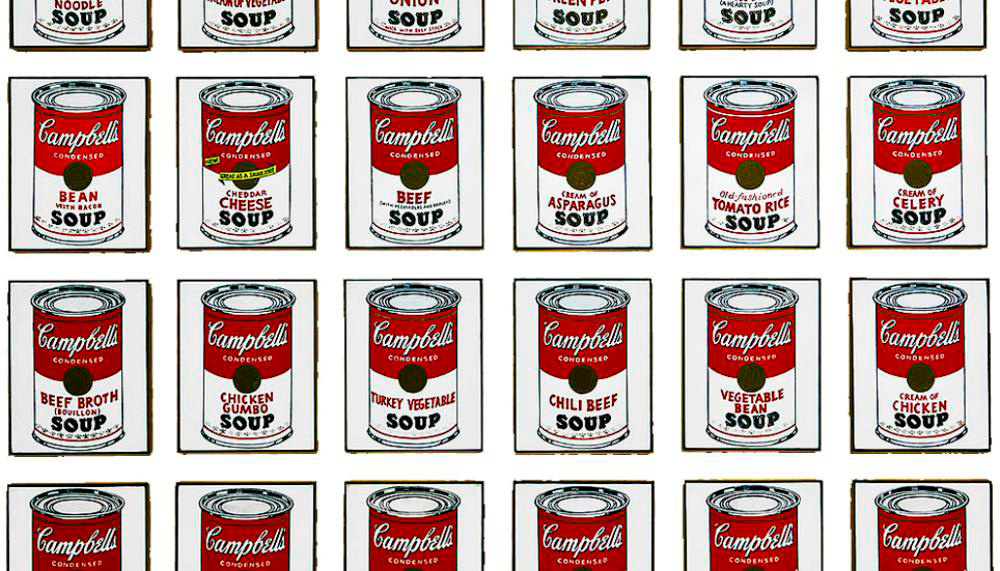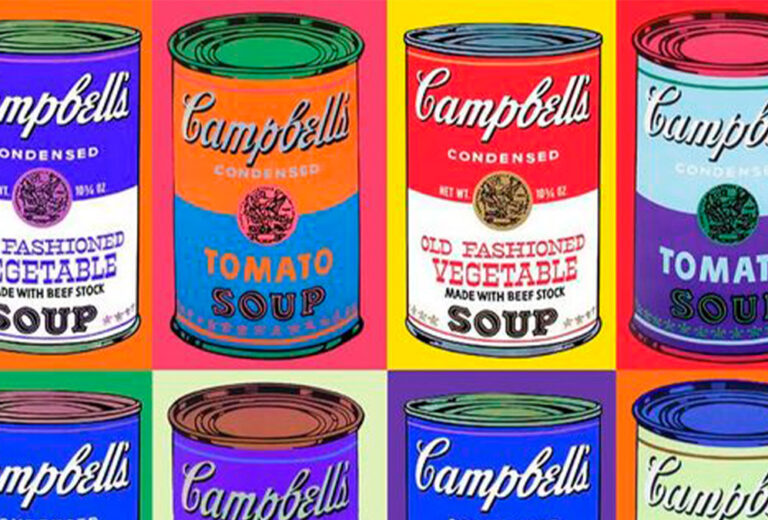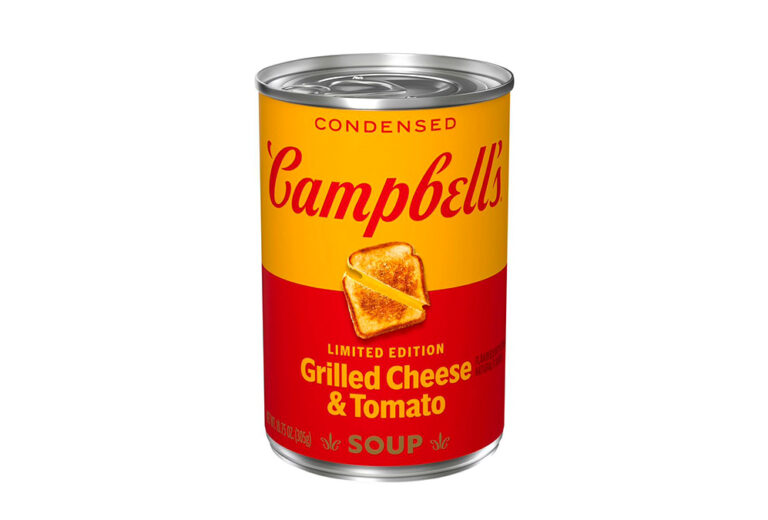Click here to read the Spanish version.
Campbell’s soup cans became a symbol that fed the masses, whose image was transformed into a cult object that would end up elevating the figure of Andy Warhol, and vice versa.
But before we go back to the past to get into the subject, let’s relive the present: Campbell Soup has bought Rao’s, the memorable pasta sauce brand that was born in the upscale New York Italian restaurant of the same name. It is a jarred sauce known worldwide for its texture and bursting fresh tomato flavor.
In this sense, and on the occasion of this key episode for the company, we take a look at Campbell’s history: from its origins to the present day.
ORIGINS
The company was founded in New Jersey in 1869 by Joseph Campbell and, from its beginnings, was dedicated to the sale of cans of fruits, vegetables, condiments or minced meat, among others.
In 1897, John Torrance revolutionized the food industry forever with the first ever Campbell’s condensed soup. Soon, the company would expand its offerings to 21 types of condensed soups, which sold for 10 cents a can and remained under a dollar a can until 2012.
The brand was thus expanding its influence, installing itself on the shelves of every kitchen in the United States and in the displays of supermarkets across the country.
EVOLUTION
That era of full ascendancy for Campbell reached its peak during the first decades of the 20th century, when all the graphic pieces on the cans closed with the phrase: ‘look for the red and white label’, as opposed to the majority of the world’s products dyed in the neutrality of black and white.
However, despite this eternal link between the brand and red and white, it was later revealed that the labels were not originally in those colors. Hillary Greenbaum, in an article in The New York Times, conducted an analysis of the labels on the soup containers, and stated that before being red and white, they were actually orange and blue. However, the year after its debut, the company decided to change the blue and orange to the current colors.
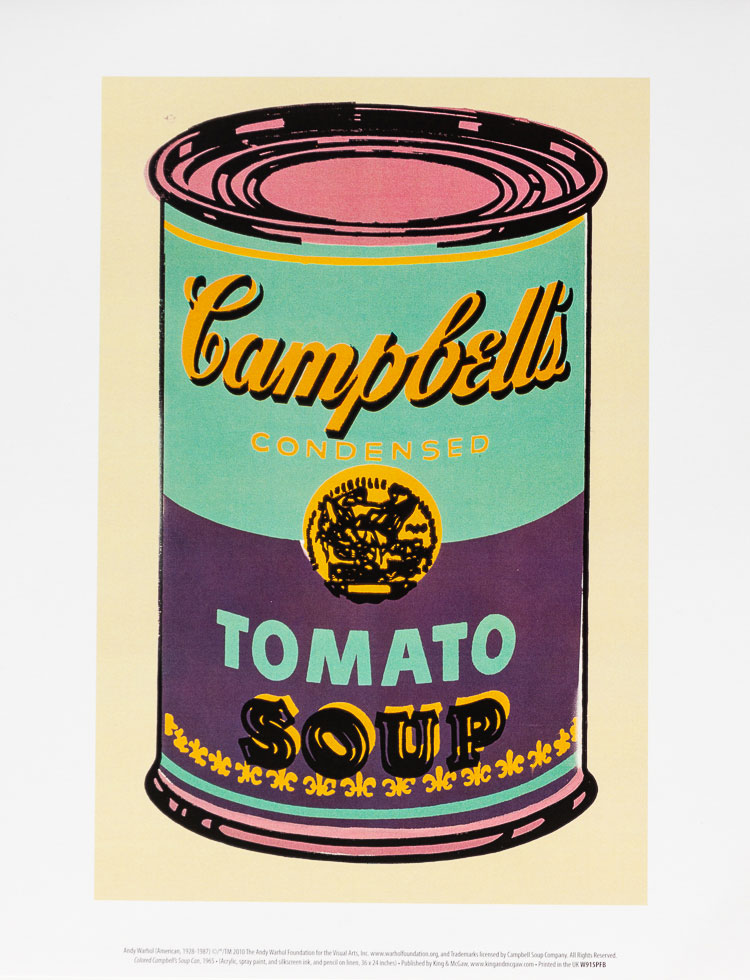
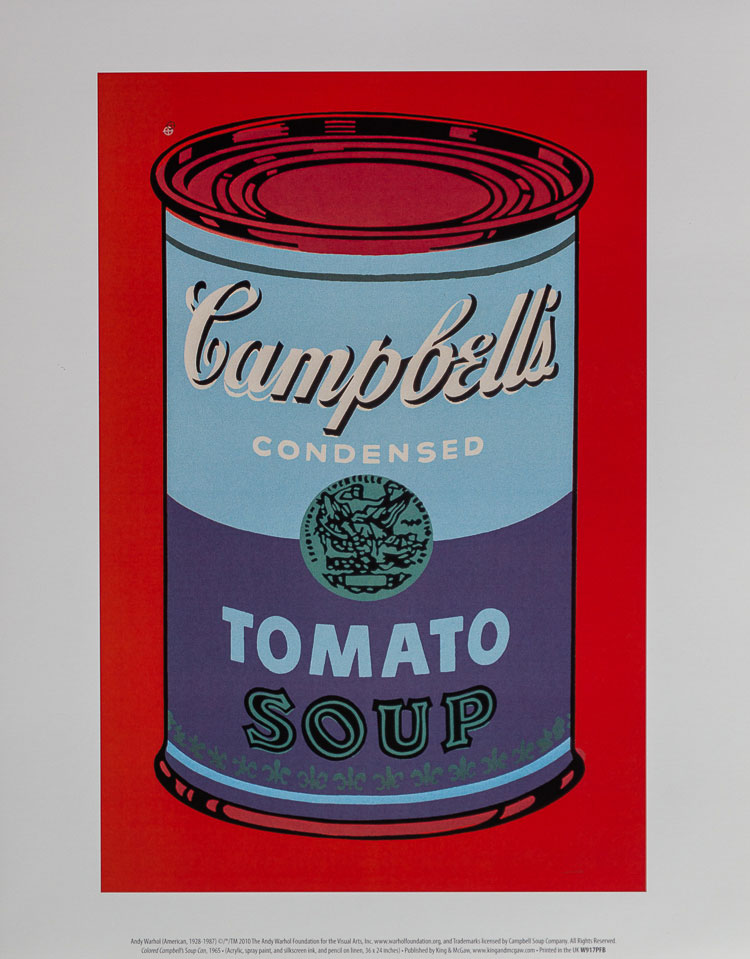
After World War II, Campbell also began to develop memorable recipes such as ‘Green Bean Casserole’, which became classics that endure to this day.
Campbell’s cans thus evolved over time and history through the launch of countless versions of broths, sauces or condensed soups that have even been reinterpreted in NFT art format, as we saw in the 100-piece work created by artist Sophia Chang. Although if there was one figure who really transcended in this field, it was undoubtedly Andy Warhol.
THE REINTERPRETATION OF POP ART
In 1962, when Warhol opened the iconic 32-work exhibition ‘Soup Cans‘, his career and artistic recognition skyrocketed as the greatest exponent of the pop art movement.
Based on the intersection of art and mass culture, Warhol diluted his knowledge as an advertiser with his skill as an artist to turn the Campbell’s soup can into one of the main motifs of his work, as an everyday element with which to demystify art.
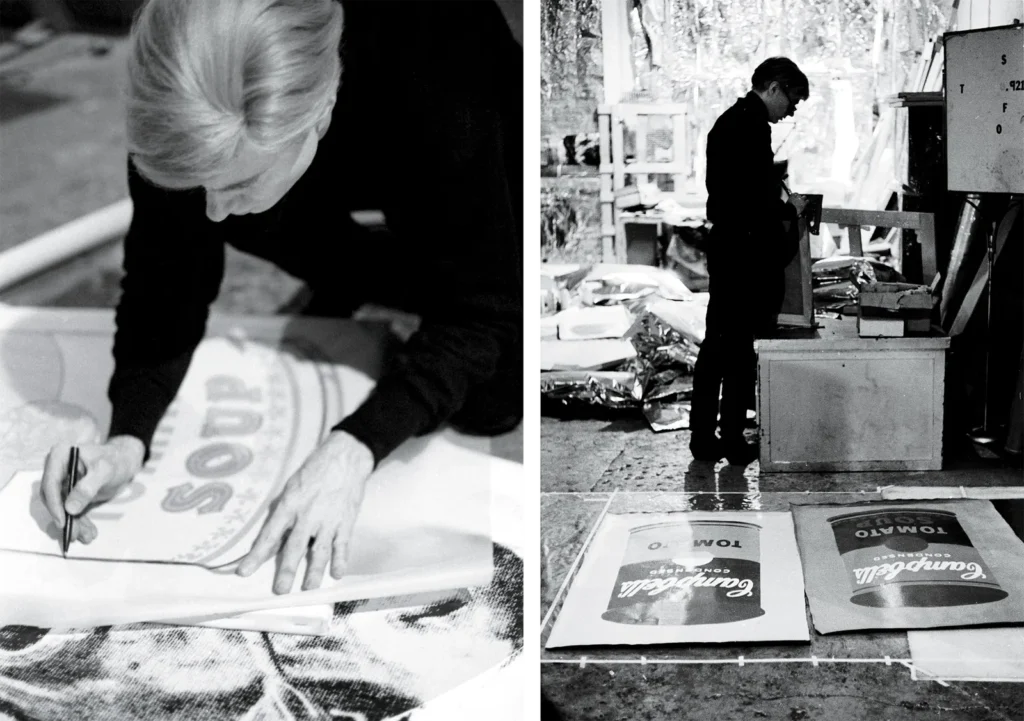
His silkscreen reproductions of Campbell’s soup, his favorite soup, he depicted with almost no perspective on a neutral background to generate contrast with the element itself, focusing the viewer’s gaze on the can, and on all the pictorial versions with which he experimented through color, technique and size, which today have risen in the global gallery as emblems in the art world.

